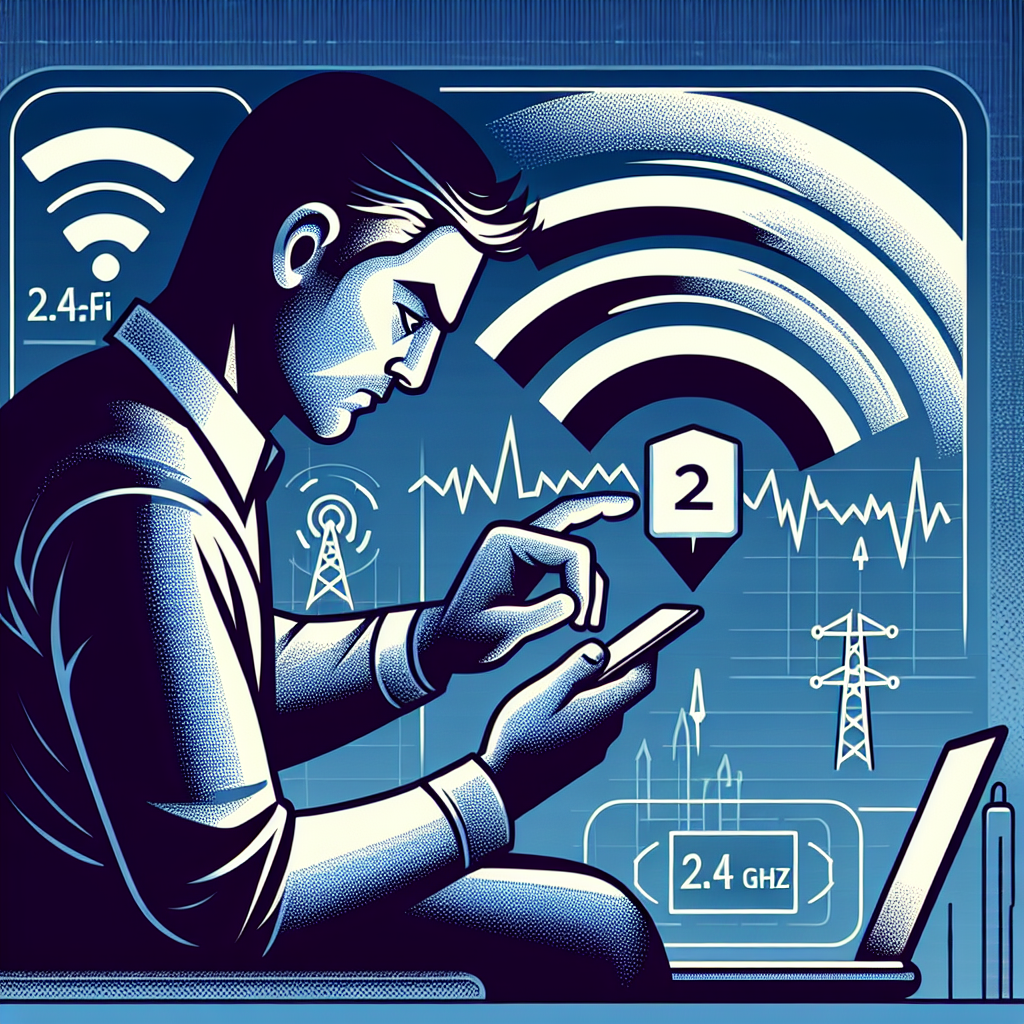How Do EV Batteries Work: A Deep Dive into Electric Vehicle Power Sources
Electric vehicles (EVs) are revolutionizing the automotive industry, and understanding how ev batteries work is crucial for anyone interested in their technology. This article explores the inner workings of EV batteries, their components, and the science behind their operation, addressing common questions and providing comprehensive insights.

How Do EV Batteries Work?
Electric vehicles are powered by batteries, which are a critical component determining their performance, efficiency, and range. But how do these EV batteries work? Let’s break down the technology and processes behind them.
1. The Basics of EV Batteries
EV batteries mainly use lithium-ion technology. These batteries store chemical energy and convert it into electrical energy when needed. A rechargeable lithium-ion battery consists of several important components: the anode, cathode, electrolyte, and separator.
2. Components of EV Batteries
- Anode: The anode, usually made from graphite, stores lithium ions when the battery is charged.
- Cathode: The cathode is often composed of materials like lithium nickel manganese cobalt oxide (NMC) or lithium iron phosphate (LFP). It releases lithium ions during discharge.
- Electrolyte: The electrolyte, a liquid or gel, facilitates the movement of lithium ions between the anode and cathode during charge and discharge cycles.
- Separator: This porous membrane keeps the anode and cathode apart to prevent short circuits while allowing ions to pass through.
3. How Does Charging Work?
When an EV battery is charged, an external power source applies voltage across the battery terminals. This voltage causes lithium ions to move from the cathode through the electrolyte to the anode, where they are stored. This process is called intercalation. The battery maintains its energy through reversible reactions that allow it to discharge energy back into the vehicle's electric motor when needed.
4. Discharging EV Batteries
Discharging occurs when the vehicle is in use. During this phase, the lithium ions move back from the anode to the cathode, releasing stored energy in the form of electricity. This generated electrical energy powers the electric motor, propelling the vehicle forward.
5. Battery Management Systems (BMS)
A key aspect of how EV batteries work is the Battery Management System (BMS). The BMS monitors the health of the battery pack by tracking parameters such as voltage, temperature, and state of charge. It balances the battery pack by ensuring all cells have equal charge, thus maximizing efficiency and lifespan.
6. Thermal Management
Temperature plays a critical role in battery performance. Extreme temperatures can degrade battery health and efficiency. To combat this, EVs employ thermal management systems, which can be passive (using natural ventilation) or active (using heating or cooling mechanisms) to maintain optimal operating temperatures.
7. Understanding Energy Density and Range
Understanding energy density is essential to comprehend how far an EV can travel on a single charge. Energy density refers to the amount of energy stored in a given volume or weight of the battery. Higher energy density means longer range. Current technology is improving energy densities, allowing EVs to travel further without increasing battery size significantly.
8. Charging Speeds: Fast Charging vs. Standard Charging
Charging speeds vary based on the charging infrastructure and the battery's architecture. Fast chargers (DC fast charging) can replenish batteries much quicker than standard Level 2 AC chargers. The charging method affects the battery chemistry and its rate of ion movement; rapid charging may generate heat, requiring effective thermal management systems to prevent damage.
9. Common Questions About EV Battery Operation
Here are some common queries about how EV batteries work:
- Do EV batteries lose capacity over time? Yes, EV batteries experience capacity fade due to repetitive charge and discharge cycles. However, modern batteries are designed to retain most of their capacity over a long life cycle.
- How long do EV batteries last? The lifespan of an EV battery can vary, but most batteries are built to last between 8 to 15 years, depending on use and conditions.
- Are EV batteries recyclable? Indeed, the recycling of EV batteries is an emerging field. Many materials, including lithium and cobalt, can be recovered and reused, significantly reducing environmental impact.
- Can I charge my EV at home? Yes, many EV owners install home charging stations or use standard outlets, depending on their vehicle's charging capabilities and their charging needs.
10. The Future of EV Battery Technology
As technology progresses, we can expect to see advancements in EV battery technology, such as solid-state batteries, which promise higher energy densities and improved safety profiles. Innovations in battery chemistry and charging technologies continue to evolve, thus enhancing the efficiency and adoption of electric vehicles.
Conclusion
Understanding how EV batteries work is fundamental to grasping the future of transportation. With their intricate components and sophisticated management systems, EV batteries are more than just power sources—they're a revolution in how we think about energy consumption in vehicles. As technology continues to advance, the efficiency and capabilities of EV batteries will only improve, paving the way for a cleaner, more sustainable future.
New posts

How Cities Are Adapting to Electric Vehicle Charging: Innovations and Strategies
Sustainability

Emerging Trends in Electric Vehicle Charging Standards: What to Watch for in 2024
Sustainability

The Future is Bright: EV Charging and Home Solar Panel Integration Explained
Home Improvement







Popular posts

How to Reset Your EV Charger: A Comprehensive Guide
Home Improvement
DIY Guide to Installing a Wallbox: A Step-by-Step Approach
DIY

Exploring the Latest EV Charging Station Design Trends
Technology Trends

Future Trends in Public EV Charging: What to Expect in the Coming Years
Sustainability

Insights from the Frontline: Interviews with EV Charging Industry Experts
Interviews

Understanding the Difference Between AC and DC Chargers: Key Insights
Energy Efficiency

EV Charger Firmware Updates: What You Need to Know
Firmware-Updates

The Future of EV Charging Stations and Smart Grid Integration: Transforming Energy Management
Sustainability

Breakthroughs in Wireless EV Charging: The Future of Electric Mobility
Innovation

EV Charging Myths vs Facts: Debunking Common Misconceptions
Sustainability